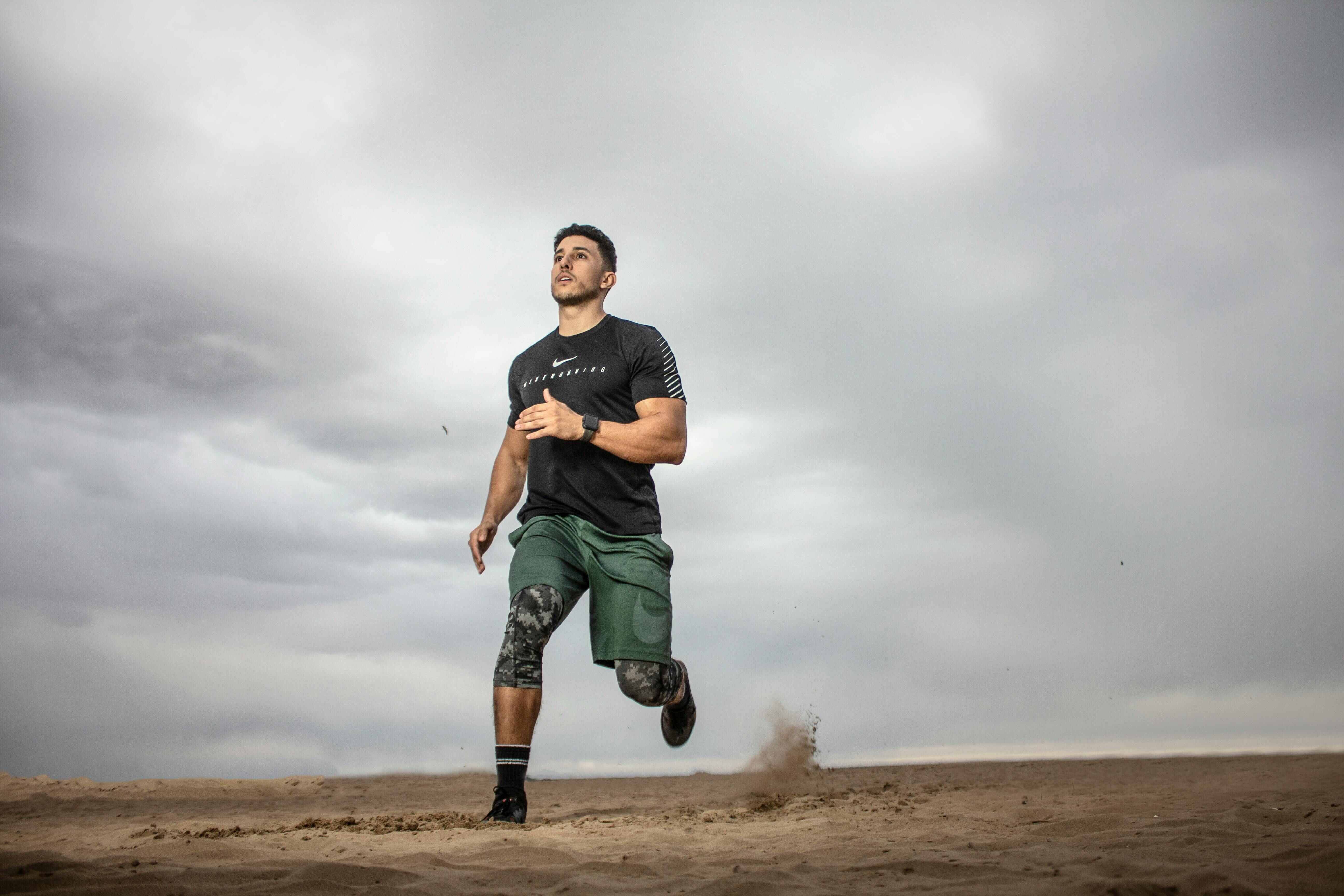Reference: Henriksson, M., Wall, A., Nyberg, J., Adiels, M., Lundin, K., Bergh, Y., Eggertsen, R., Danielsson, L., Kuhn, H. G., Westerlund, M., David Åberg, N., Waern, M., & Åberg, M. (2022). Effects of exercise on symptoms of anxiety in primary care patients: A randomized controlled trial. Journal of affective disorders, 297, 26–34.
Can exercise reduce anxiety symptoms in people with anxiety disorders? Researchers wanted to see if a 12-week exercise program could improve anxiety symptoms. They recruited 286 patients from primary care in Sweden who self-rated their anxiety and depression symptoms on assessment measures. Researchers randomly assigned patients to two exercise groups that included cardio and strength training, or to a non-exercise control group. Results? Patients in the exercise groups improved more in both anxiety and depression symptoms compared to the control group. No significant differences appeared between the two exercise groups. Patients in the low-intensity group were nearly 3½ times more likely to show anxiety improvement, while the moderate/high-intensity group had nearly 5 times the odds of improvement. Overall, the 12-week exercise program was effective in reducing anxiety and depression symptoms, supporting the idea that exercise can be an effective treatment for mood disorders. Feeling anxious or sad? Take a run, or walk in nature, go for a bike ride, or swim at the beach! Physical exercise can improve anxiety and depression. Doctors! Prescribe exercise to people with anxiety in primary care. Exercise is low-cost, has few side effects, and helps improve overall health. Get Moving!
Written by Kristin M. Harris, Ph.D.

